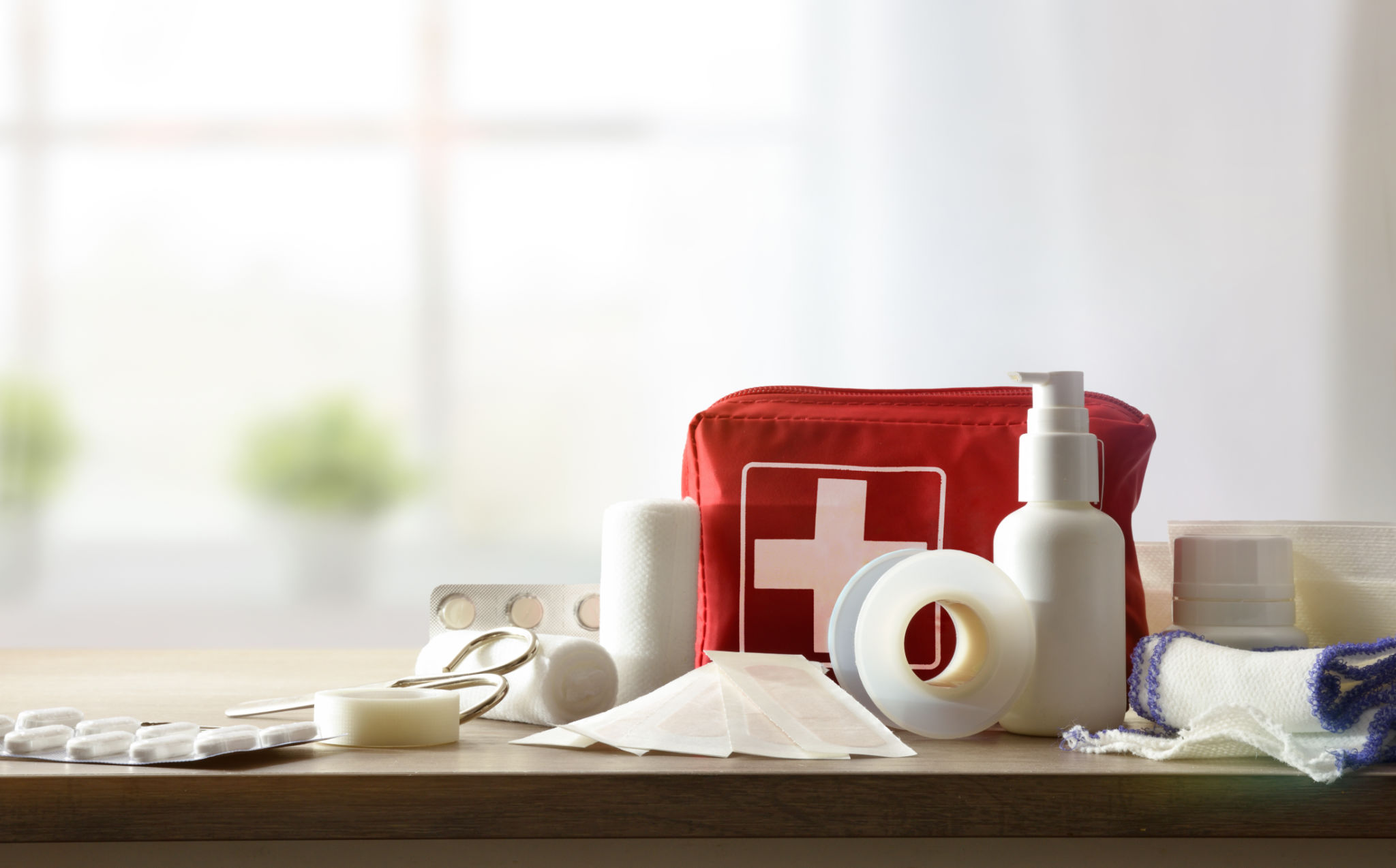Case Study: Successful Implementation of Standby Medical Services at Community Events
Community events are integral to fostering local culture and engagement. However, ensuring the safety and well-being of attendees is paramount. This case study explores the successful implementation of standby medical services at community events, highlighting key strategies and outcomes.
Understanding the Need for Medical Services
Community events attract large crowds, making the presence of medical services crucial. From minor injuries to more severe health issues, having medical support on-site can be a lifesaver. The decision to implement standby medical services was driven by the need to provide immediate care, minimizing risks and enhancing the overall experience for attendees.
Organizers recognized that quick access to medical care could prevent minor incidents from escalating into emergencies. This proactive approach not only ensures safety but also builds trust within the community.

Planning and Coordination
Effective planning and coordination were essential for the successful implementation of medical services. The organizers collaborated with local medical professionals and emergency services to establish a comprehensive plan. This included determining the number of medical personnel required, the location of medical tents, and the necessary equipment and supplies.
Key Steps in Planning
The planning process involved several key steps:
- Conducting a risk assessment to identify potential medical needs.
- Coordinating with local hospitals and emergency services for support.
- Ensuring clear communication channels between event staff and medical teams.

Implementation and Execution
On the day of the event, the medical team was strategically positioned to allow optimal access for attendees. Clear signage directed individuals to medical tents, and staff members were trained to handle various scenarios efficiently.
The implementation was seamless, with medical personnel attending to minor injuries and providing necessary interventions without disrupting the event. This not only ensured safety but also maintained a positive atmosphere.
Challenges and Solutions
Despite meticulous planning, challenges arose. Large crowds often made it difficult for individuals to reach medical tents quickly. To counter this, mobile medical teams patrolled the event, equipped with essential medical kits to provide immediate assistance.

Outcomes and Community Impact
The inclusion of standby medical services significantly enhanced the safety and success of the event. No major incidents were reported, and attendees expressed appreciation for the visible medical presence. This initiative not only safeguarded health but also reinforced the community's confidence in attending future events.
By prioritizing health and safety, the organizers set a precedent for future community gatherings. The positive feedback received from attendees and local authorities underscored the value of such proactive measures.
Conclusion
The successful implementation of standby medical services at community events demonstrates a commitment to safety and well-being. By understanding the need, planning effectively, and executing efficiently, organizers can create a secure environment for all participants. This case study serves as a model for other communities aiming to enhance the safety and success of their events.
